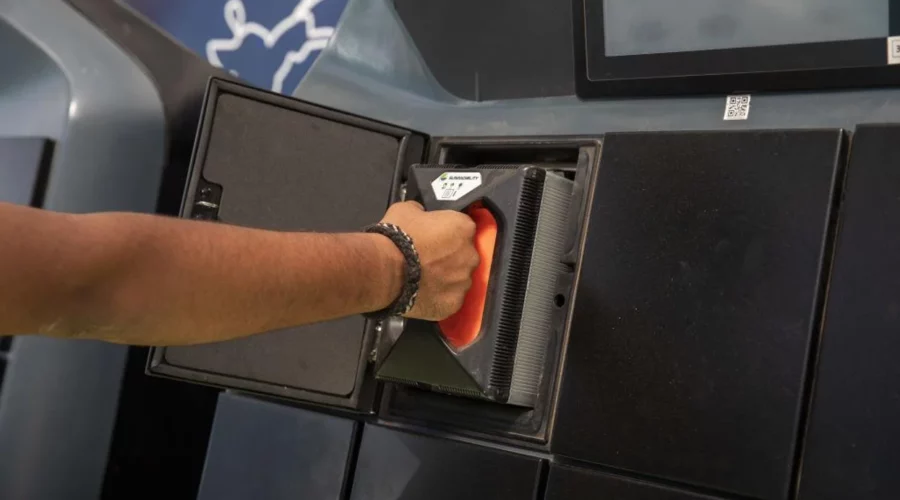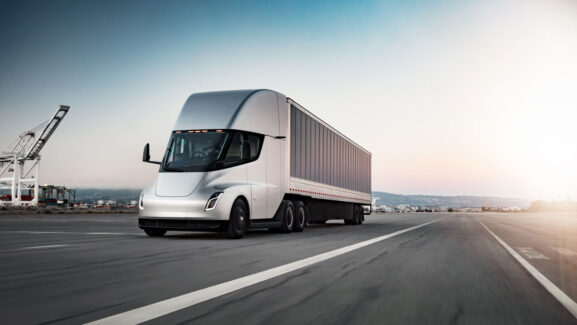Why India Needs an EV Battery Swapping Policy Immediately
India is moving quickly towards an EV-powered future for compelling reasons. These are not only energy and environmentally friendly but also economical and practical, which can lessen the nation’s reliance on imported oil.
However, the absence of charging infrastructure in India and the length of time needed to charge such batteries fully continue to be two of the most significant obstacles to the broad adoption of EVs. An EV battery swapping programme can have a big impact on this situation.
At approved switching stations, drained EV batteries are swapped out for fully charged ones in a procedure known as battery swapping. This procedure, which is comparable to filling up a petrol or diesel car, just takes a few minutes. This procedure enables EV owners to easily swap out batteries without having to wait for their car’s battery to charge for several hours, making EVs a more practical option for customers.
Battery-Swapping Industry anticipates the introduction and implementation of the legislation, which will boost demand by giving consumers confidence in their decision-making and causing infrastructure build-out by switching carriers.
Despite persistent limitations, there has been a progressive increase in demand for battery swapping, particularly in use cases like logistics and last-mile deliveries. The adoption of EVs in India might be boosted by several verticals. However, a robust battery-swapping policy might help the sector by reducing issues like the wait time for vehicles to charge and the space shortage for two- and three-wheelers in urban areas. Without the swift introduction of such a Policy, investments from domestic and foreign firms would suffer.
A dynamic battery-swapping policy might encourage the development of pertinent infrastructure, making battery-swapping an appealing option for customers. Industry forecasts state that the country will require at least $100 billion in investments and almost 4,50,000 exchange stations to meet current demands for both two- and three-wheelers.
Additionally, one of the key factors keeping EVs out of most consumers’ price range is the high cost of batteries. With a battery-swapping system, EV owners can avoid the exorbitant costs of regularly purchasing new batteries by simply exchanging their worn-out batteries for fully charged ones at swapping stations. This will lower the initial cost of purchasing an EV, making them more accessible to a larger segment of the population.
Implementing a Battery Swapping Policy as soon as possible could speed up the adoption of EVs because of its many benefits. Such a policy might be a game-changer for the widespread usage of electric vehicles throughout India by tackling the multiple barriers that impede a smooth transition to them, helping the nation achieve its 2030 climate change targets.



